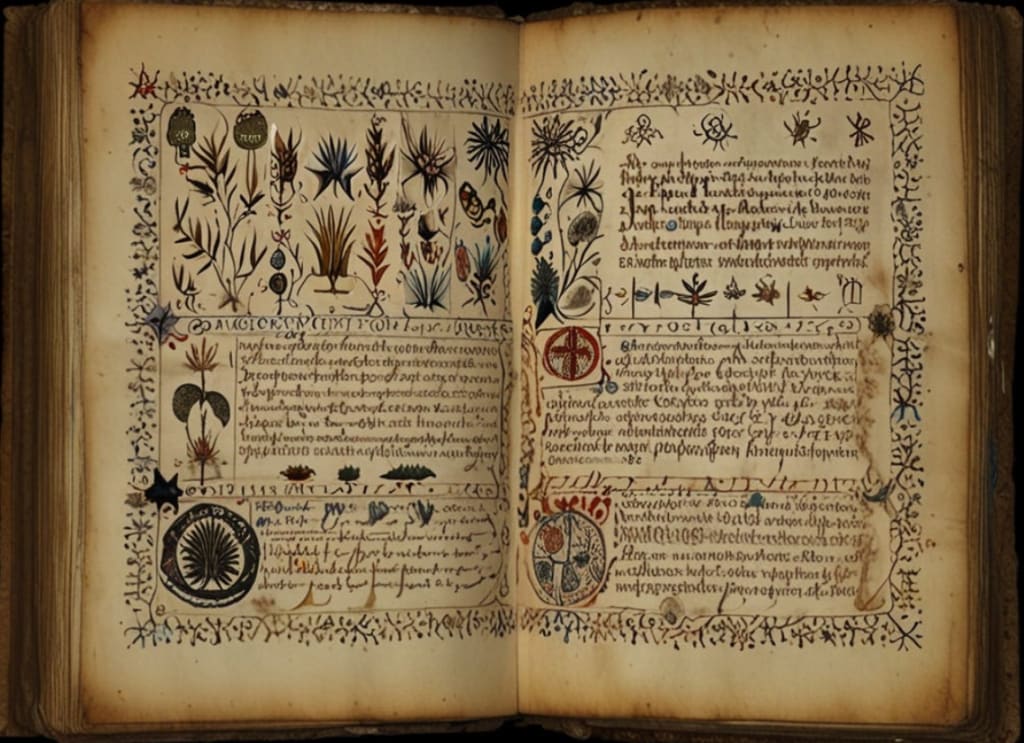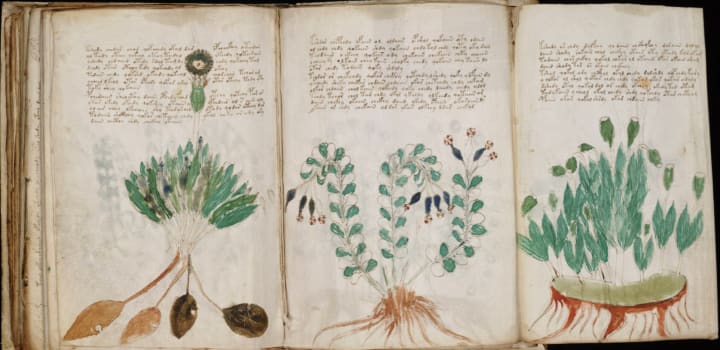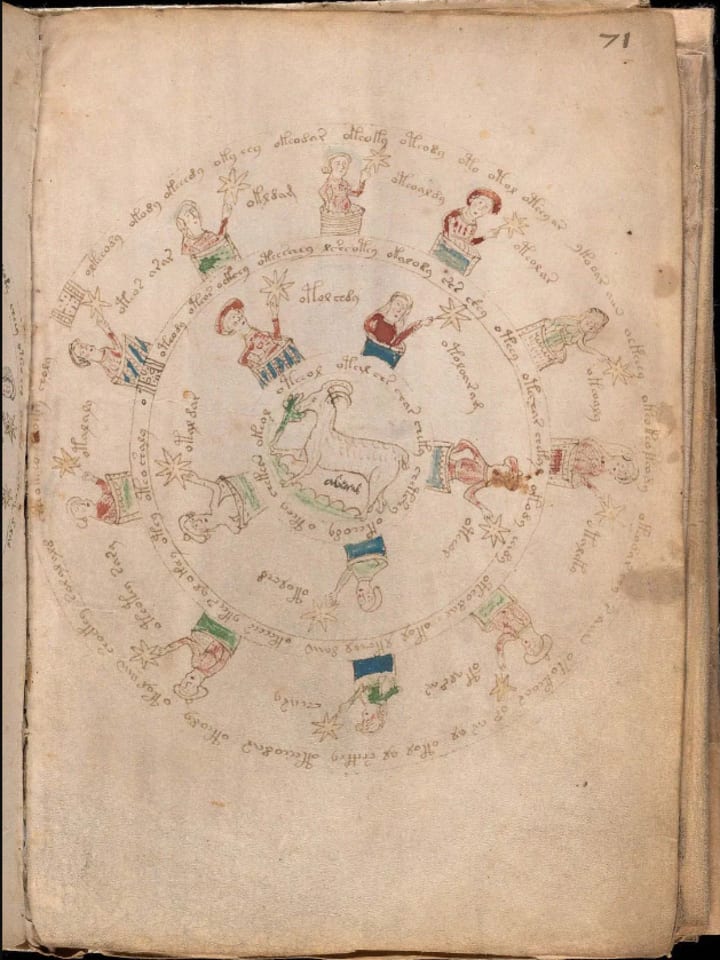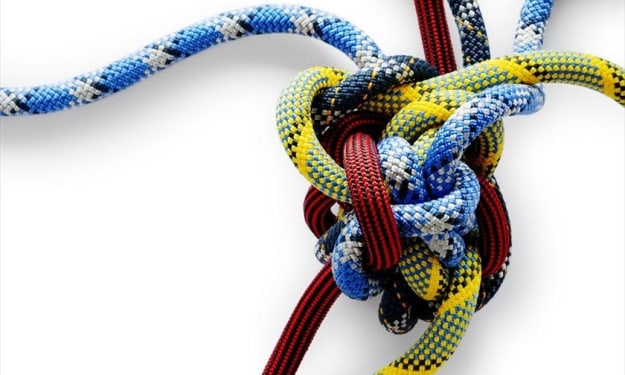
The Voynich Manuscript is one of the world's most mysterious books, captivating scholars, cryptographers, and enthusiasts for over a century. Discovered in 1912 by Wilfrid Voynich, a Polish book dealer, the manuscript's origins, authorship, and purpose remain enigmatic to this day.

The manuscript is named after Voynich, who acquired it from the library of a Jesuit college in Frascati, Italy. It is a vellum codex, written in an unknown script that has defied all attempts at decipherment. This script is composed of unique characters that do not resemble any known alphabet. The text flows from left to right, and while the manuscript contains about 240 pages, some of these are missing, adding to its air of mystery.
Illustrations within the manuscript add another layer of intrigue. They include detailed drawings of unidentified plants, astrological diagrams, and naked women bathing, which seem to be connected by elaborate networks of pipes or tubes. These images are as baffling as the text, providing no clear clues about the manuscript’s purpose.
Theories about the Voynich Manuscript's origins and meaning abound. Some believe it is a pharmacopoeia, a sort of medieval guide to plants and their uses in medicine, particularly given the numerous botanical illustrations. Others suggest it might be an alchemical text, a common genre of the time, due to the mystical and astrological drawings.

One of the most fascinating aspects of the manuscript is its language, often referred to as "Voynichese." Various cryptographers, including those during World War I and World War II, and modern computational linguists, have tried to decode it. Some hypotheses suggest it could be a constructed language or a sophisticated cipher. However, despite advanced statistical analysis, no one has conclusively deciphered the text, leading some to speculate it might be a hoax.
Scientific analysis has provided some concrete information. Carbon dating places the creation of the manuscript in the early 15th century, between 1404 and 1438. This timing aligns with the European Renaissance, a period rich in scholarly activity and the birth of humanism. The ink and pigments used are consistent with those used in the Renaissance, lending credibility to its authenticity.
The manuscript has passed through various hands over the centuries. Before Voynich's acquisition, it was possibly owned by Emperor Rudolf II of Bohemia, who was known for his interest in the occult and alchemy. Later, it ended up in the possession of Georg Baresch, an obscure alchemist in Prague, who referred to it as a "Sphinx" that had been pestering his mind.
Today, the Voynich Manuscript resides at Yale University's Beinecke Rare Book & Manuscript Library, where it continues to be a subject of study and fascination. Its pages are meticulously preserved, and high-resolution images are available online for anyone interested in attempting to crack its code.
The enduring mystery of the Voynich Manuscript lies not only in its undeciphered script but also in the human fascination with the unknown. It embodies the eternal quest for knowledge and the allure of secrets yet to be uncovered. As long as the manuscript remains undeciphered, it will continue to inspire wonder, speculation, and the hope that one day its secrets will be revealed. Until then, the Voynich Manuscript remains a testament to the enigmas of human history and the power of curiosity.
About the Creator
Angel Sri
Passionate creator weaving words into captivating stories. Transforming ideas into engaging content that sparks curiosity and connection.
Enjoyed the story? Support the Creator.
Subscribe for free to receive all their stories in your feed. You could also pledge your support or give them a one-off tip, letting them know you appreciate their work.






Comments (1)
Oh wow, I've never heard of this and found it so fascinating!